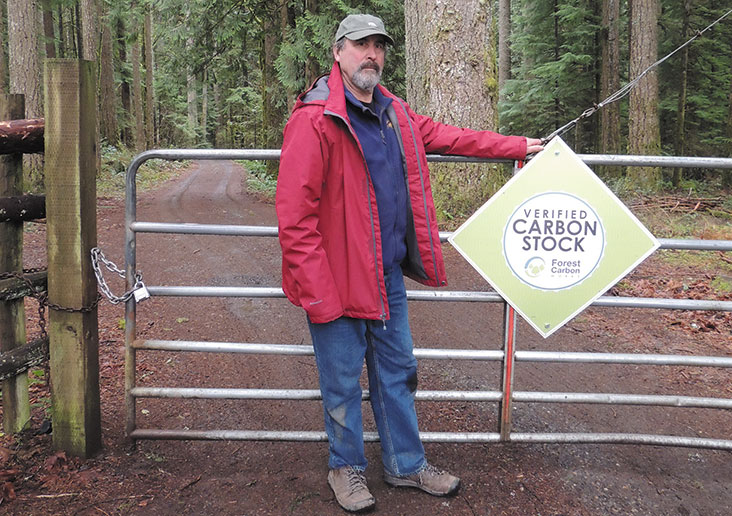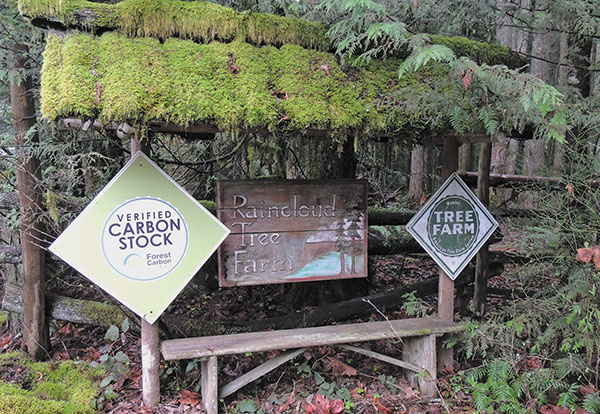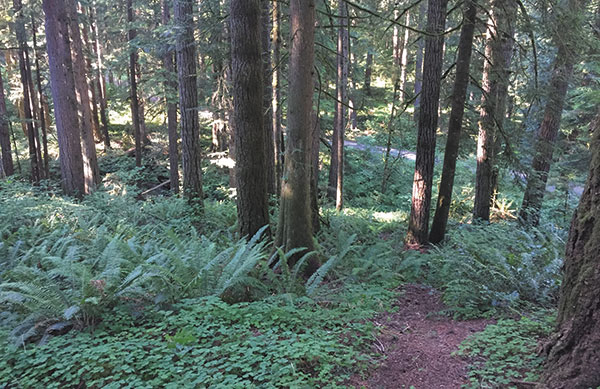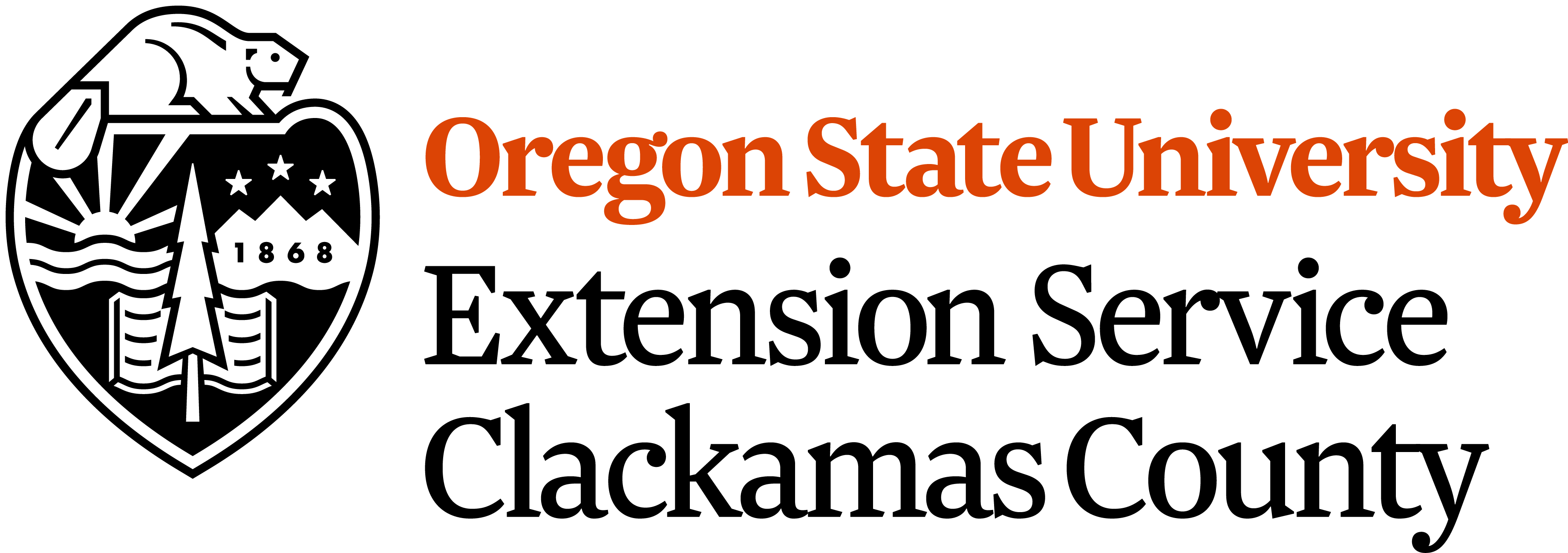FORESTRY AND NATURAL RESOURCES
Selling Forest Carbon Provides Added Benefits

Jon Stewart says his goal is to show small woodland owners that there are ways to actively step forward to address climate change.
A walking tour last summer of Raincloud Tree Farm, located in the Aims area and bordering the Bull Run Watershed, demonstrated a way for small woodland owners to receive payment for the C02 their trees remove from the atmosphere. Jon Stewart and family have managed their Raincloud forest for multiple benefits since the 1950’s, resulting in a mix of forest types. Forests across their 115 acres range from new regeneration to 108-year-old stands. A “carbon inventory” showed good potential for selling carbon credits as an added benefit of their style of forest stewardship. This is because they maintain older-than-average forests on private land and don’t harvest all of their forest growth. About 40 participants in the tour learned about the forest management strategies and carbon accounting practices at Raincloud forest. Forest landowners who store a lot of carbon in their forest growth have opportunities to get paid for their “carbon sequestration services” to combat climate change. As the first small woodland in Oregon to receive payments for carbon, the Stewart family wants to show other family forest owners how they can participate in carbon markets.
The Stewart family’s pathway to payments was facilitated by a Pinchot Institute for Conservation initiative Unlocking Carbon Markets for Family Forest Owners funded by the USDA Natural Resource Conservation Service. The woods walk was organized by Glenn Ahrens, OSU Extension Forester, in collaboration with the Build Local Alliance.

The Stewart family wants to show other family forest owners how they can participate in carbon markets.

Raincloud’s older-than-average forest stores carbon while supporting selective harvesting of timber.
